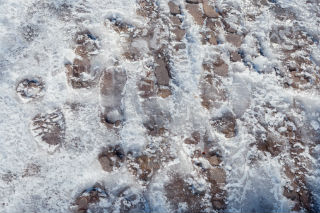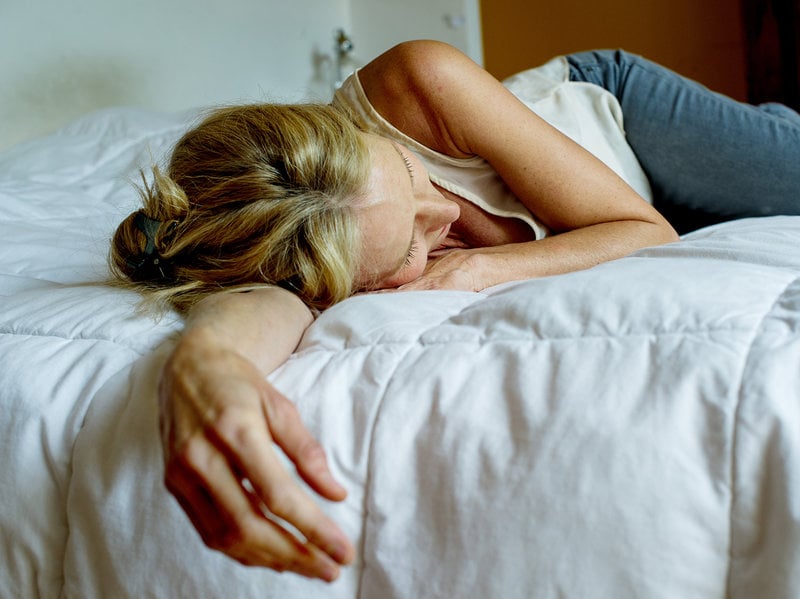It’s true that falls are the No. 1 cause of injuries that lead to ER and hospital visits for Ohio adults aged 65 and up. But it’s also true that falls are not a natural part of aging and you can prevent most winter falls by taking preventative measures. Here’s how.
Walking in the Snow
First, wear boots with rubber soles and non-slip treads, even when the ground outdoors doesn’t necessarily look slippery. Snow can melt and then freeze, creating a thin layer of virtually invisible ice. So even when snow has been shoveled off sidewalks, driveways and parking lots, there still might be slippery spots—and wearing the right footwear is your first line of defense. Traction cleats are another good idea, as is making sure that your winter footwear fits well.
Pay close attention to where you’re headed and focus on keeping your balance, walking in pathways that have been cleared of snow. This means giving yourself enough time to get where you’re going; late starts can make you want to rush, which isn’t a good idea for anyone in wintry weather.
Posture matters. Keep your head up, don’t lean forward and use your eyes to look down. Take small steps, flat-footed, pointing your toes slightly outward to provide a more stable base. Keep your hands out of your pockets (which means that wearing warm gloves outdoors is part of your fall prevention plan).
Finally, if you’re getting out of a vehicle, hold on to the door frame for support to gain stability before beginning to walk. Don’t rush, and do assume that any dark or wet-looking areas of the parking lot or driveway are slippery.
Hints for Home
Install sturdy handrails to support you as you ascend or descend the stairs leading to your home. Use an ice-melting product on the porch and steps, as well. If possible, also put handrails on sloping ground.
Winter creates more tripping hazards than normal, including cords from space heaters and extra blankets. Make sure they are out of your way. Secure throw rugs to the floor and try not to carry objects that can potentially make you lose your balance.
Invest in brighter lighting in your home, since sunlight is less during the winter. Have high-powered flashlights on hand for when the power goes out. Find more tips here.
If You Fall
Senior Health by the National Institutes of Health provides tips for what to do if you do fall indoors. First, stay calm. Take deep breaths. Remain still until you can determine whether you’re hurt. If you are, ask someone for help. If that isn’t possible, call 911. If that isn’t possible, get into a comfortable position and wait for assistance.
If you’ve decided that you are not hurt and can get up without assistance, roll over on your side. Rest until your body and blood pressure adjust to your new position. Then, slowly get onto your hands and knees and crawl to a sturdy chair. Put your hands on the chair seat and slide one foot to a flat position. Keep the other leg bent, knee on the floor. From this position, slowly rise and sit in the chair.













